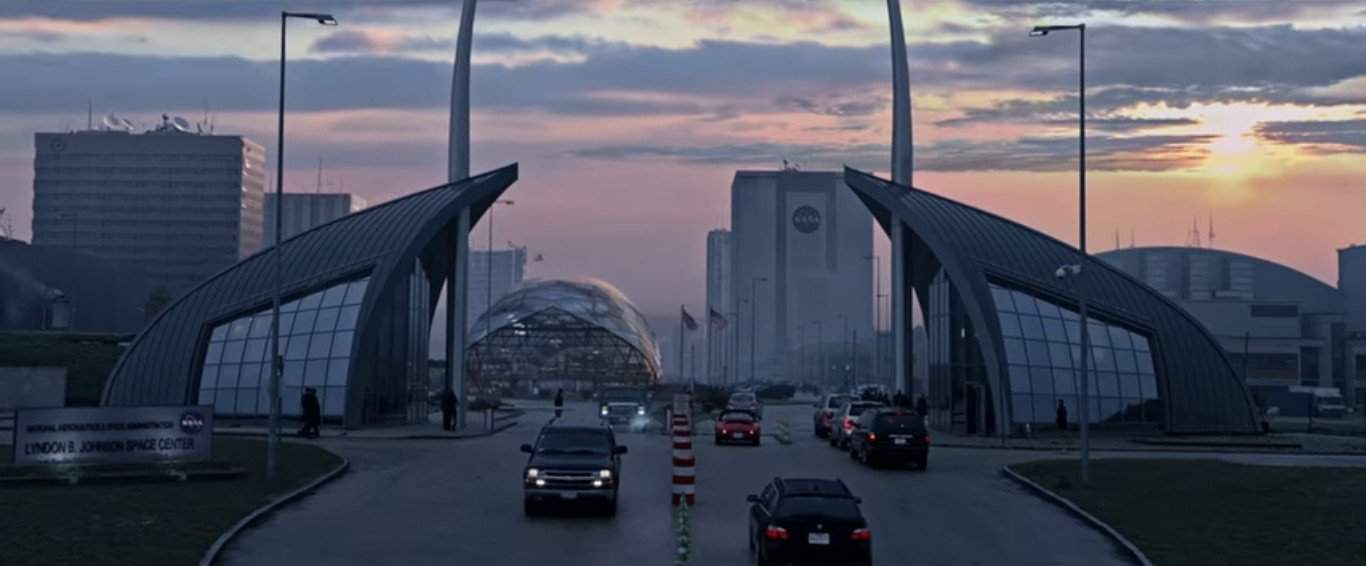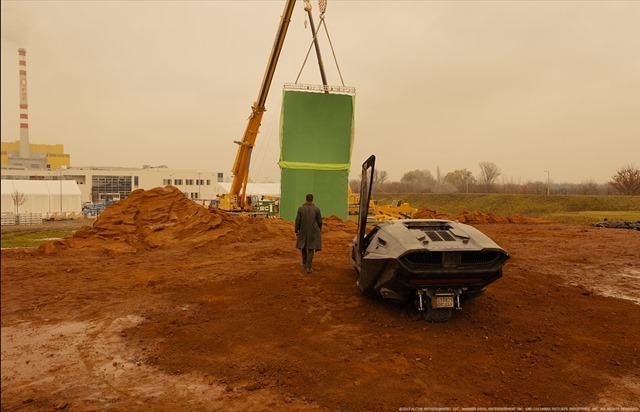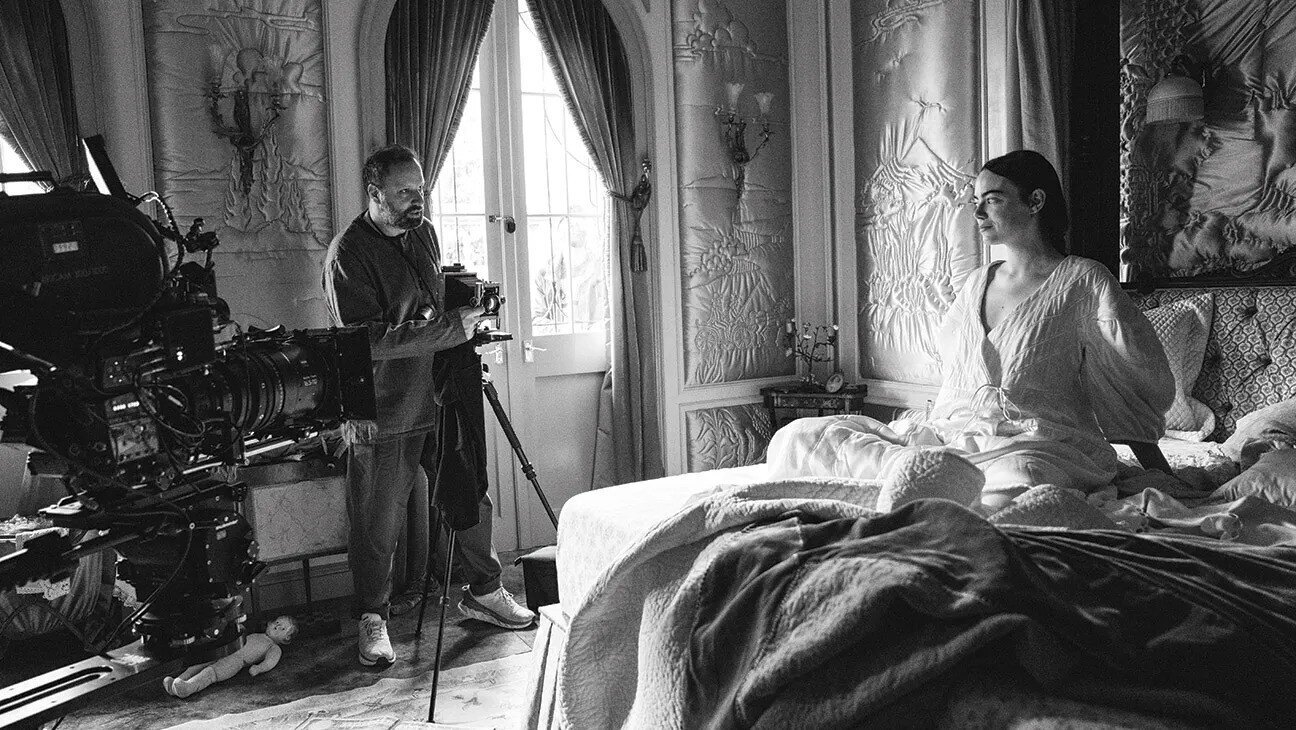6 outstanding films you might not have known were shot in Hungary

Budapest has become the second most popular filming location in Europe after London, with more and more international productions coming to Hungary.
Hungary has been an in-demand destination for filmmakers for a long time. Classics, such as the 1996 musical drama Evita, and the 1998 The Phantom of the Opera were both filmed in Budapest at various historical sites. However, as we reported earlier, Hungary is bustling with productions now more than ever, bringing superstars to the capital such as Austin Butler, Zendaya, and Timothée Chalamet. Here are some recent films that were at least partly shot in the country.
The Martian (2015)
Ridley Scott’s adaptation of Andy Weir’s 2011 novel about an astronaut trying to survive on Mars stars Hollywood superstar Matt Damon as its titular character. The story follows both Damon’s Mark Watney in his scramble to survive being stranded on the red planet, as well as a team of scientists on Earth racing to save his life. In the movie, the NASA facility in which the scientists work is the iconic Budapest Whale, while the MÜPA Performing Arts Center acts as a Chinese space complex.

Blade Runner 2049 (2017)
Directed by Denis Villeneuve, Blade Runner 2049 is a sequel to the iconic 1982 film, starring Ryan Gosling and Harrison Ford. It was filmed in Hungarian studios and in and outside of Budapest. Shooting took place partly at the soundstages of Korda Studios in Etyek and ORIGO Studios in Budapest.
However, some scenes were captured in central Budapest, as the city’s brutalist Soviet-era architecture provided a vivid background for the futuristic neo-noir landscape of the Blade Runner universe. The old and now empty Stock Exchange Palace, in turn, served as the interior for a Las Vegas casino in the film.

Source: facebook.com/KordaFilmpark/
Black Widow (2021)
Part of the Marvel Cinematic Universe, Black Widow tells the story of Natasha Romanoff, a spy and assassin of the Avengers team. Throughout the film, you can spot Budapest’s Citadel, Keleti Railway Station, the Stock Exchange Palace, and even the Hungarian Academy of Sciences. As the capital is quite integral for the character’s backstory, in these scenes, Budapest does not have to be a double for another European city.

Dune: Part One (2021) and Part Two (2024)
Denis Villeneuve returned to Hungary with his two latest projects, the first and second part of the adaptation of the classic sci-fi epic, Dune. Both parts, which had an estimated budget of 160 million and 190 million dollars respectively, had scenes filmed at the stages of ORIGO Studios, where the beautiful architecture and scenery of the desert planet Arrakis came to life.
Poor Things (2023)
Yorgos Lanthimos’ latest received four Academy Awards earlier this month. Emma Stone won the award for Best Actress for her role as Bella Baxter, and the movie also snagged the Best Makeup and Hairstyling and Best Costume Design awards. Hungarian set decorator Zsuzsa Mihalek won as part of the Best Production Design team. However, the film has other connections to Hungary, too, as many of its scenes were filmed in the country.

The movie tells the surreal and unconventional adventures of a young woman who has been reanimated after her death by a strange scientist. It is set across multiple – fictional versions of – European cities, many of which were given a home at ORIGO and Korda Studios.
Soundstages were created to be London, Paris, Lisbon, and even an ocean liner. Moreover, Szabó Ervin Library, and woods and churches on the outskirts of Budapest were used to shoot certain interiors and outside scenes.
The Hungarian film industry booms
On their website, ORIGO Studios write
“Hungary is currently the leading country of international filmmaking in Eastern Europe, and it looks like it’s going to keep that title for a while. […] Thanks to the expert workforce, great locations and tax rebate options, more and more foreign producers find their account in Budapest.”
Indeed, Portfolio highlights how the Hungarian film industry has seen significant, around tenfold, growth in production numbers over the past decade. The industry’s contribution to the GDP, in turn, increased four times over the same period.
Outsourcing filming to Hungary is motivated by lower costs of production, a cheap workforce, and favourable taxation. However, the well-developed infrastructure of the industry, the existence of outstanding studio equipment, and the high expertise of workers are also essential when it comes to attracting international productions.
The success of films that had Hungarian contributors, such as Poor Things, reinforces Hungary’s role in the international film industry, Portfolio writes. Films like these not only provide jobs for possibly thousands of domestic professionals, but they also give opportunities for professional development and learning. Moreover, projects affect many other industries, as well, such as hotels and restaurants.
Read also:
- Hollywood about Hungary: Austin Butler and Christopher Walken praise Budapest
- Sensational news! A Hungarian among the Oscars 2024 winners
Source:





